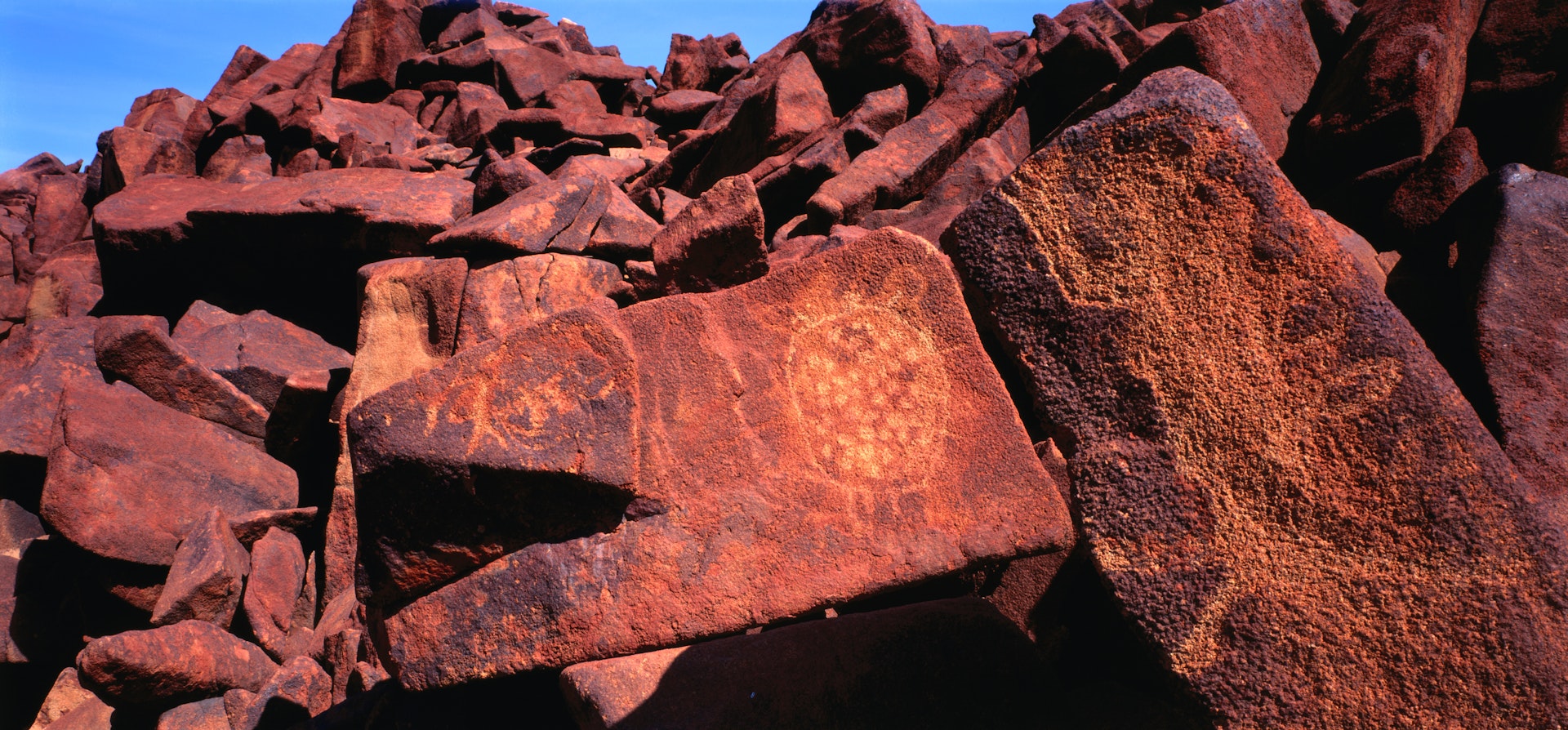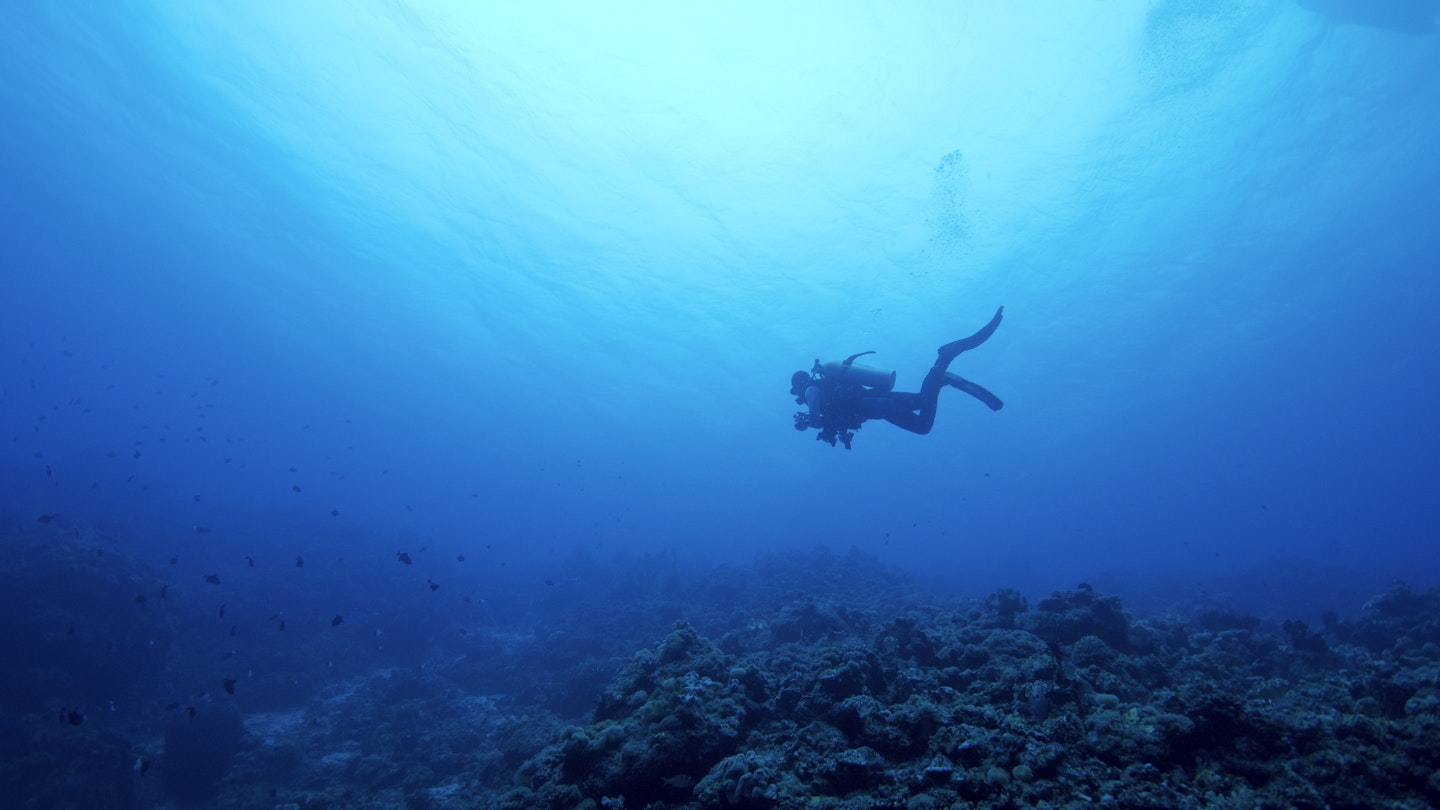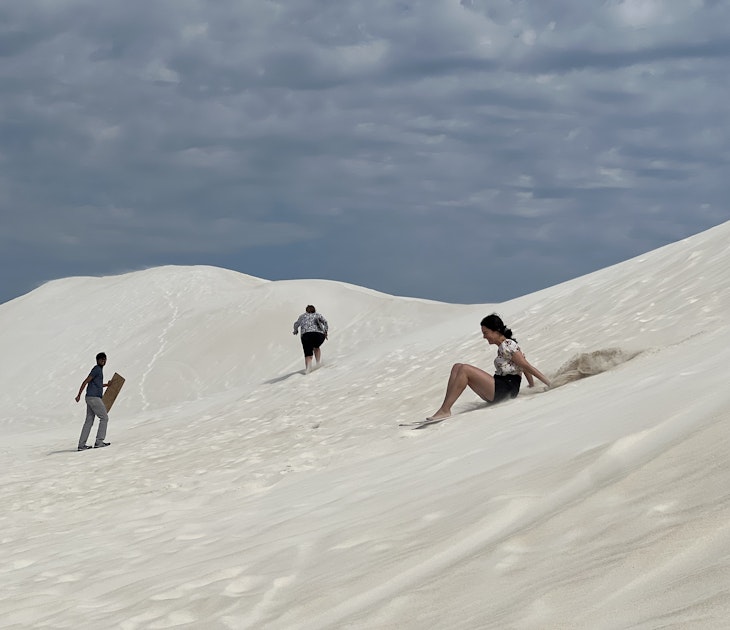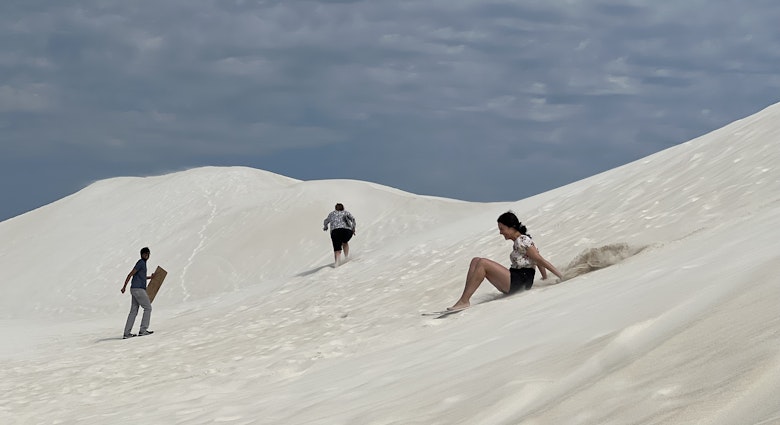Archaeologists have discovered the world's first underwater Aboriginal archaeological sites, off the Pilbara coast in Western Australia.
The remarkable discovery is Australia's oldest known underwater archaeology and should reveal more about the history of the island's earliest inhabitants. They were found near the Burrup Peninsula (home to Australia's biggest collection of Aboriginal rock paintings) in what is known today as Sea Country to many Indigenous Australians and date back thousands of years ago to when the current seabed was dry land.

"Australia is a massive continent but few people realise that more than 30% of its land mass was drowned by sea-level rise after the last ice age. This means that a huge amount of the archaeological evidence documenting the lives of Aboriginal people is now underwater," said associate professor Jonathan Benjamin who is the Maritime Archaeology Program coordinator at Flinders University and one of the expedition's researchers.
"Now we finally have the first proof that at least some of this archaeological evidence survived the process of sea level rise," he added. "The ancient coastal archaeology is not lost for good; we just haven’t found it yet. These new discoveries are a first step toward exploring the last real frontier of Australian archaeology."
A team of international researchers from the Deep History of Sea Country Project ;worked with the Murujuga Aboriginal Corporation to discover evidence of the early Aboriginal habitats at two underwater sites in the in the Dampier Archipelago, uncovering stone tools including grinding stones. The team mapped 269 artefacts at the first site at Cape Bruguieres, estimated to be at least 7000 years old. The second site at Flying Foam Passage includes an underwater freshwater spring, estimated to be at least 8500 years old.
“At one point there would have been dry land stretching out 160 km from the current shoreline. That land would have been owned and lived on by generations of Aboriginal people. Our discovery demonstrates that underwater archaeological material has survived sea-level rise, and although these sites are located in relatively shallow water, there will likely be more in deeper water offshore” says Chelsea Wiseman from Flinders University who has been working on the DHSC project as part of PhD research.

Archaeologists want to explore more of the site and are pushing for the area to be protected in order to preserve the findings and support future research, especially as gas companies like Woodside plan to expand in the region. You can read more about the study of the ancient underwater sites at Cape Bruguieres and Flying Foam Passage in the journal PLOS ONE.
You might also like:
Monument discovered near Stonehenge casts new light on mystery of ancient site
Archaeologists have discovered the remains of a vast Mayan palace near Cancún
Museum of Underwater Art has been created at Australia’s Great Barrier Reef












